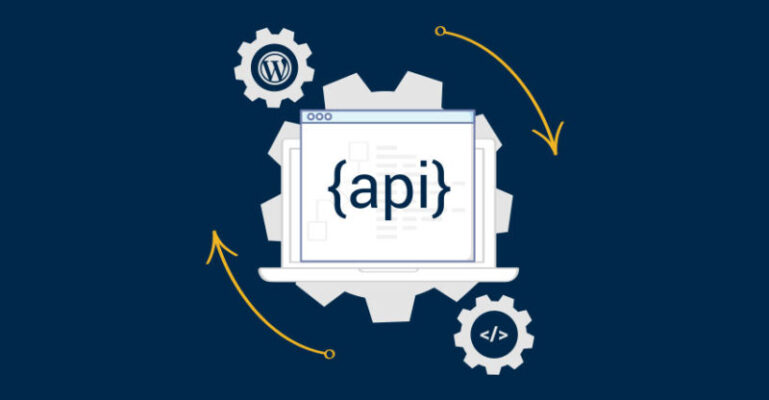
Understanding the Effects of Poor API Design on Your Product
Last updated on June 23rd, 2022 at 04:29 am
There are many pitfalls when it comes to API design and deployment. Many developers may be tempted to compromise on one or the other, just so that they’re able to push out the release of their product sooner. And while such a strategy can earn you some short-term gains, it can ultimately become a detriment to the overall marketability and health of your product.
Creating your API with solid design principles should always be in the forefront of your design process. Of course, it also helps if you make use of a reliable API design suite. In any case, understanding how bad design can affect your API, in the long run, is a good way to avoid these shortcomings in the first place.
Increased Costs
Many people outside of the design team don’t realize that addressing any issues with your API is much easier and less costly to fix during the design process. Stakeholders and vendors might want to rush development as a way to beat your competitors to the market. However, doing so can lead to your own undoing, especially if your customers uncover critical errors in your API and demand for these issues to be fixed—leading to additional costs and work hours in patching these issues.
In line with this, many remember the story of Amazon in 2013 when the company’s website went down for as much as 45 minutes due to technical issues in their backend. This cost the company nearly $5 million in lost sales due to the poor handling of their web services. This has taught many developers not to skimp on the quality control and testing of their API to avoid any possible profit loss due to poor design choices.
Scaling Back on Essential Features
By placing a larger focus on speed and marketability, it’s only natural that there will be some cases of cutting corners just to be able to deliver on time. However, this can compromise the way your API performs under heavier traffic loads. This subsequently becomes an issue of scalability as a result.
If your API is unable to handle an increased number of calls outside of your optimal testing benchmarks, you might be looking at a lot of error incidents due to the lack of testing under a larger load. You have to make sure that your design is able to scale with your user base, especially if it’s able to pick up a solid following.
Inconsistencies That Lead to Bigger Errors
Haphazard design often leads to inconsistencies on several fronts that can compromise the software’s overall performance as a product. For instance, vulnerabilities on the security side can have a huge impact on its use. This is especially worrying if your API handles sensitive data that can be easily stolen or be used to disrupt key services.
Security should be one of the key aspects that any developer should focus on during the development and design stage. Failing to do so can have your users lose trust in your API and lean towards other developers’ software instead. Basic best practices such as encrypting your API, using tokens for user identification, and utilizing API gateways for control purposes are things that you should always consider as a developer.
Difficulties in Documentation
Documentation is usually the first point of call that users will reference when using your software. This makes it especially important to document your APIs features accurately every step of the way. Any inconsistencies that might pop up due to bad design will inadvertently affect the way that you document your API. The last thing that you want to happen is your end-users experiencing difficulties in understanding your documentation and have to figure out how to work your product through trial-and-error.
Always Consider All Aspects of Your API
Some developers tend to simply stick to a single API architectural style and ride it out until the end of the development cycle. While it may simplify various processes and help speed up the work, this can lead to some lackluster and rather tone-deaf design principles that don’t take into account other aspects of your product.
When designing an API for your consumers, it’s best to think of its overall purpose instead of simply being fixated by the programming interface and how to implement it. Start out by identifying the goal of your API and base your interface from these milestones. You will also end up pinpointing the various constraints of your API as a result, allowing you to check for limitations and how best to implement your API. Finally, make sure to follow up and make the necessary adjustments to your API post-launch. This will ensure that your product covers all its bases, starting from its design to its production and its deployment.
When it comes to designing APIs, developers shouldn’t be blinded with the idea of rushing out their product just to beat out the competitors. Without proper quality assurance and testing, you might be missing out on essential features that can lead to bigger issues once your software is already in its production phase. By taking your time and giving due consideration to your API’s design, you’ll be sure to create a product that’s optimized, reliable, and worth releasing to the public.
Read Dive is a leading technology blog focusing on different domains like Blockchain, AI, Chatbot, Fintech, Health Tech, Software Development and Testing. For guest blogging, please feel free to contact at readdive@gmail.com.
